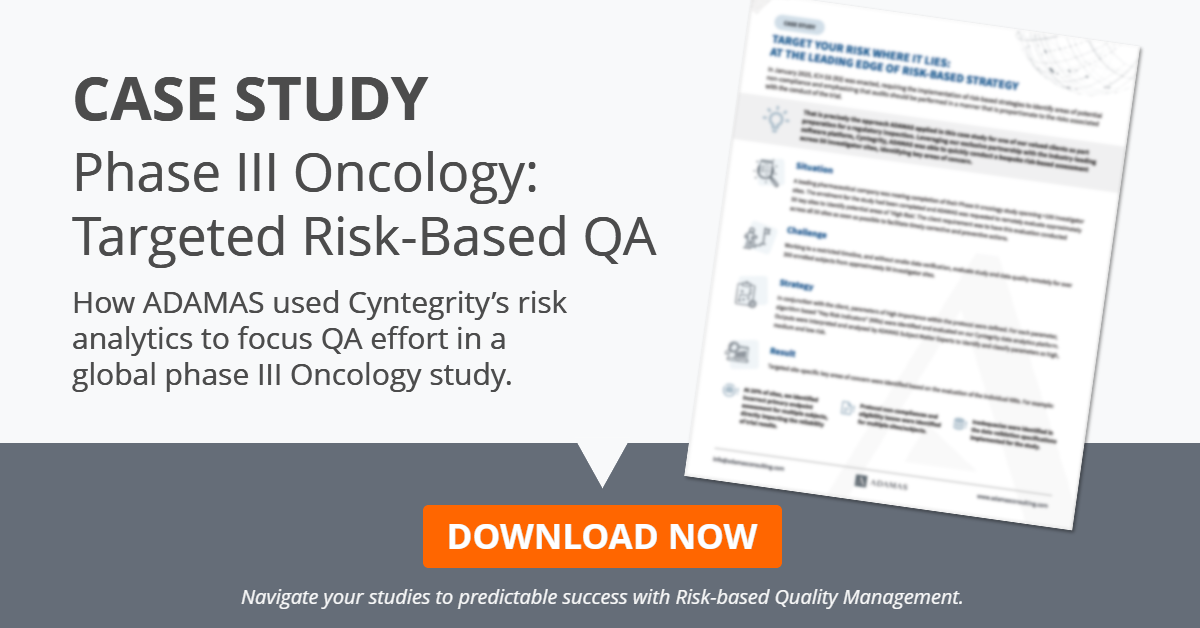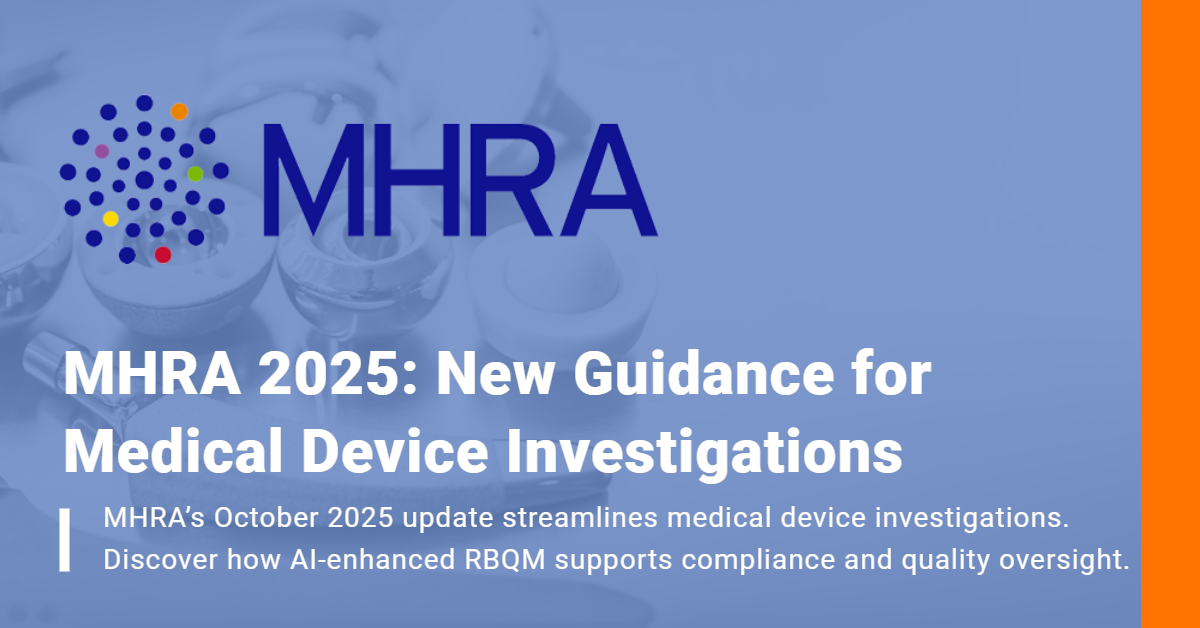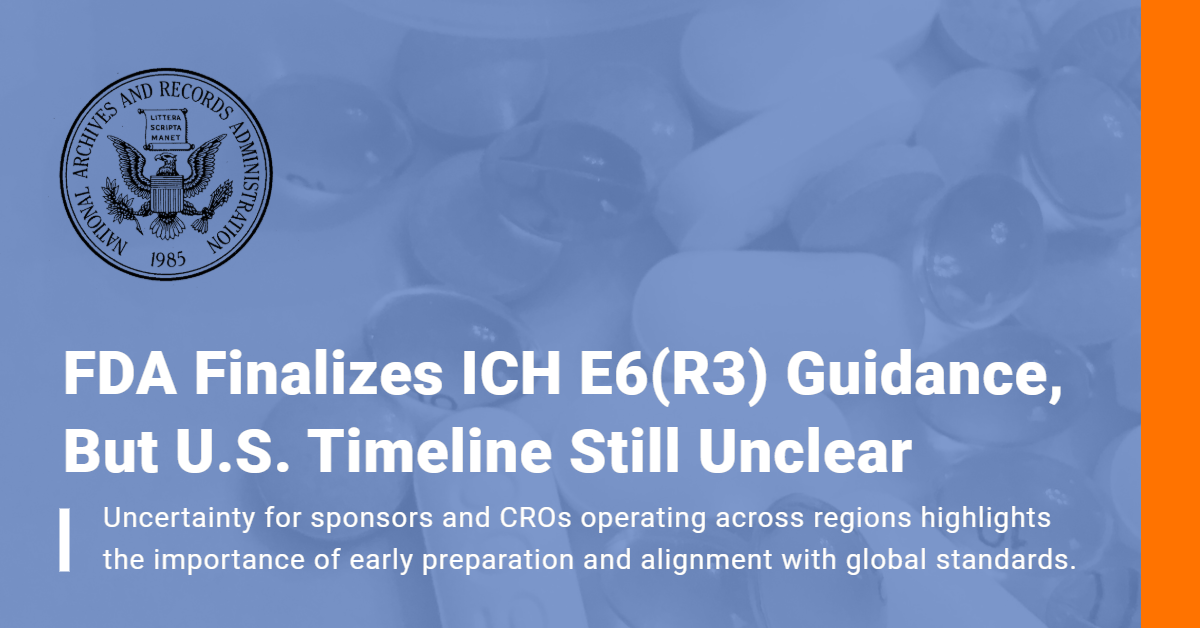[Scroll down to download your free step-by-step guide on ICH E8(R1) “General Considerations for Clinical Trials”.]
ICH E8(R1) Final Version Released in April 2022
One of the regulatory highlights of 2022 is the publication of the final E8(R1) paper on “General Considerations for Clinical Studies” by the International Council for Harmonisation (ICH), as this guidance hasn’t been updated for over 20 years.
How was it before?
In the ’98 version of the Topic E8 (Step 5) guidance, the ICH intended to describe internationally accepted principles and practices that concerned the general conduct of clinical trials. It formed the basis of a scientific approach in design and analysis and the recognition of subject safety that clinical research teams should observe in all human drug investigations.
In hindsight, the ICH E8 guidance has had an enormous influence on the biopharmaceutical industry. Since then, clinical research has been commonly designed with its general considerations in mind, i.e., phased execution (I-IV) and the application of randomization and blinding methods.
So, what’s new?
The introduction of ‘Quality by Design’ – QbD
It seems that for a few years, a ‘replication crisis’ rages through the biopharma industry. According to a survey among 1,500 scientists published in a 2017 Nature journal, more than 70% of researchers had failed to reproduce at least one other scientist’s experiment. [Mogil, J.S., Macleod, M.R., 2017]
“To promote overall scientific validity and trust in the clinical research enterprise, there has been an increasing focus on ensuring the reproducibility of research.” [Collins and Tabak, 2014; IOM, 2014; Jasny, 2011]
Quality must be part of the design of a clinical trial
Consequently, the latest ICH E8(R1) guidance focuses on critical quality factors to protect subjects and generate reliable and meaningful data.

What is Critical to Quality?
E8(R1) also states that the quality of clinical research relies on good design and sound design execution:

How does risk drive quality?
For the first time, risk as a driver of quality gets introduced, i.e., the identification of Critical to Quality factors (CtQ), the probability and impact of risks, together with the implementation of a control process to manage risk.

To emphasize the importance, the new revision formally introduces this new terminology, i.e., Critical to Quality factors (CtQ), where ICH GCP E6(R2) speaks about “Critical Processes and Critical Data.” [ICH GCP E6(R2), 2018]
How should study design look like?
What are the critical aspects of a quality approach to study design? Here you are:

“It is all about culture!”
To achieve Quality by Design, ICH E8(R1) suggests embracing a ‘quality culture.’
“Culture eats strategy for breakfast“, said Peter Drucker, the legendary strategist.
The revised guidance tries to influence the industry’s way of thinking rather than dictating the rules. QbD should become an intrinsic corporate attitude and be integrated into organizational structures, daily rituals, stories, and symbols.
Now, where to start?
Start to embrace a proactive dialogue with the involvement of a range of quality management stakeholders. Educate and offer them risk-based alternatives to the old-school “one size fits all” approach. Go beyond the traditional checklists, build on experience and knowledge, periodically review CQFs and use innovative methods for ensuring quality (e.g., MyRBQM®’s innovative ways of early risk detection). These are the next forward steps to biopharmaceutical evolution and compliance.






